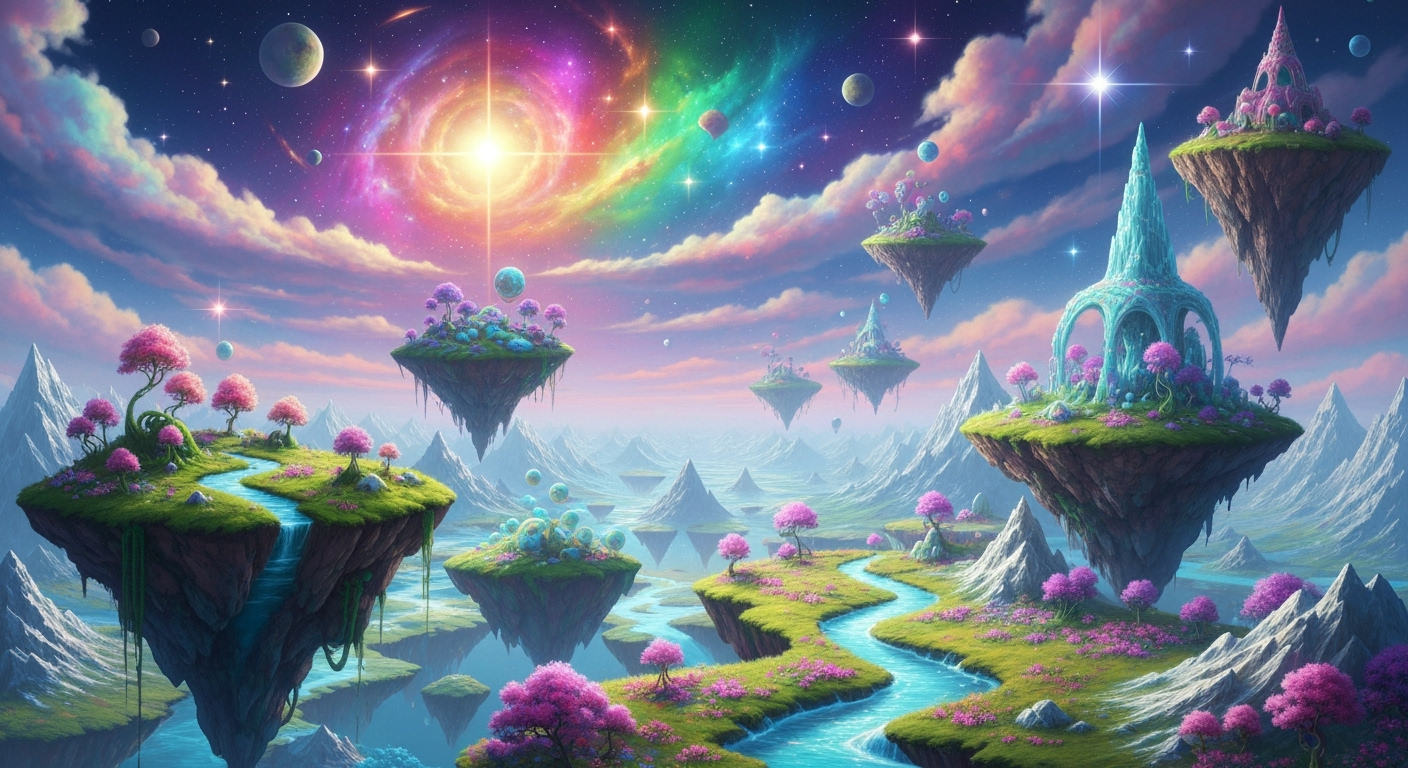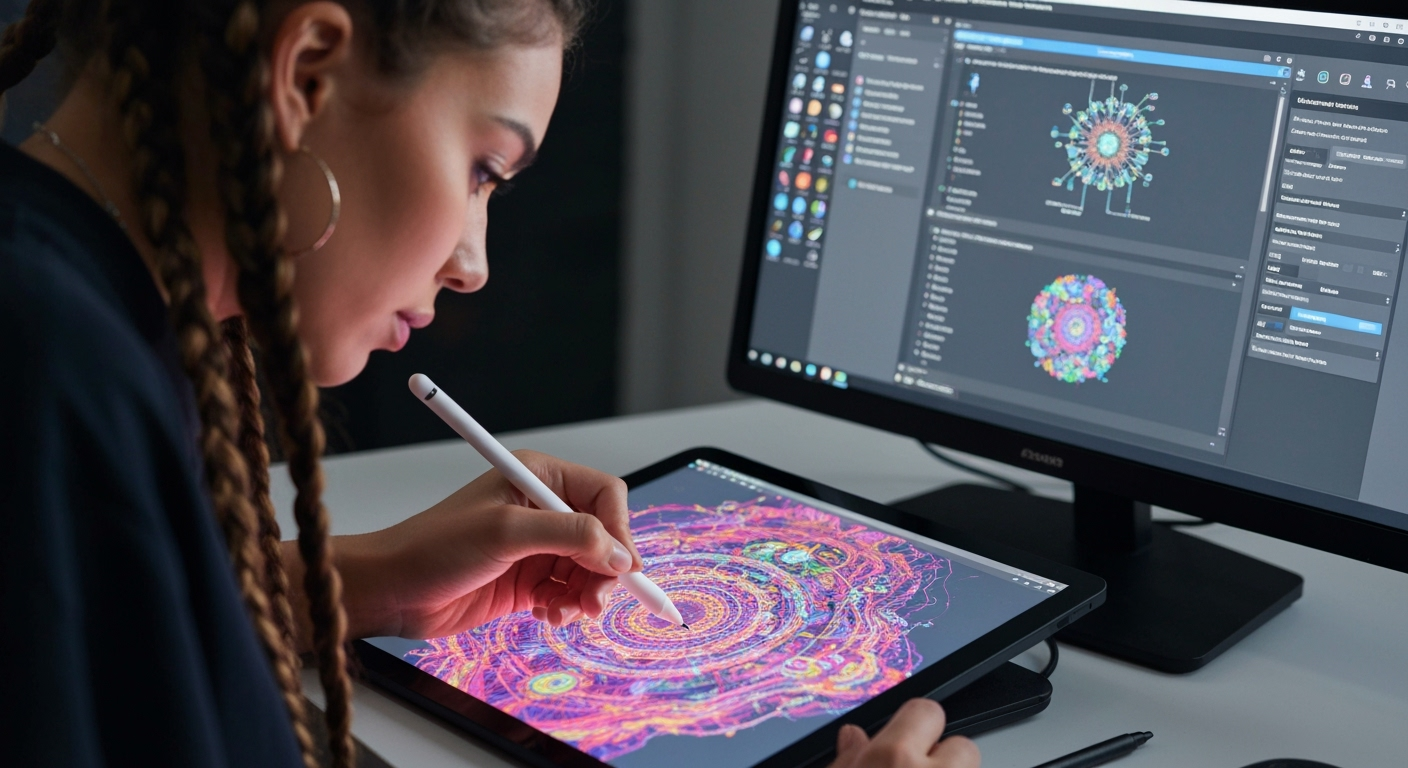
Artificial intelligence is rapidly transforming various industries, and its impact on the creative arts is particularly noteworthy. While some fear AI might replace human artists, a more nuanced perspective reveals its potential as a powerful tool for boosting creativity and innovation in digital art.
AI as a Creative Partner
Rather than viewing AI as a competitor, artists are increasingly embracing it as a collaborative partner. AI algorithms can generate unique patterns, textures, and color palettes that human artists might not conceive on their own. This allows artists to explore new styles and push the boundaries of their imagination. Tools like DALL-E 2, Midjourney, and Stable Diffusion are letting artists generate images from text prompts, allowing them to quickly visualize ideas and experiment with different concepts. These tools can interpret complex prompts and transform them into stunning visual representations.
Overcoming Creative Blocks
Every artist experiences creative blocks at some point. AI can help overcome these hurdles by providing a fresh perspective and sparking new ideas. By inputting a few initial parameters, an AI algorithm can generate a range of options, serving as a catalyst for artistic exploration. This can be particularly useful for artists working on commissions or projects with tight deadlines, helping them to quickly iterate and refine their vision.
Enhancing Artistic Skills
AI-powered tools can also assist artists in honing their skills. For example, AI algorithms can analyze an artist’s work and provide feedback on composition, color theory, and other artistic principles. This can help artists identify areas for improvement and refine their technique. Furthermore, AI can automate tedious tasks like background removal or image retouching, freeing up artists to focus on the creative aspects of their work.
The Rise of AI-Assisted Art
AI-assisted art is gaining recognition in the art world. Galleries and exhibitions are showcasing artwork created with the help of AI, highlighting the unique aesthetic and conceptual possibilities of this emerging medium. As AI technology continues to advance, it is likely to play an even greater role in shaping the future of digital art.
Ethical Considerations
It’s crucial to acknowledge the ethical considerations surrounding AI art generation. Copyright ownership, bias in AI algorithms, and the potential displacement of human artists are all valid concerns that need careful consideration. The art community needs to develop guidelines to ensure that AI is used responsibly and ethically in the creation of art.
Actionable Tips for Artists:
- Experiment with AI tools: Explore different AI-powered art generators to discover their capabilities and limitations.
- Use AI for inspiration: Input your ideas into AI algorithms to generate visual prompts and spark new creative directions.
- Combine AI with traditional techniques: Integrate AI-generated elements into your existing artistic practice to create unique and hybrid artworks.
- Stay informed about ethical considerations: Be mindful of the ethical implications of using AI in art and adopt responsible practices.

Conclusion
AI is not a replacement for human creativity but rather a powerful tool that can augment and enhance it. By embracing AI as a creative partner, artists can unlock new possibilities, overcome creative blocks, and refine their skills. As AI technology continues to evolve, it is poised to play an increasingly significant role in shaping the future of digital art. The key lies in using AI ethically and responsibly, ensuring that it serves as a catalyst for creativity and innovation, rather than a threat to human artists.